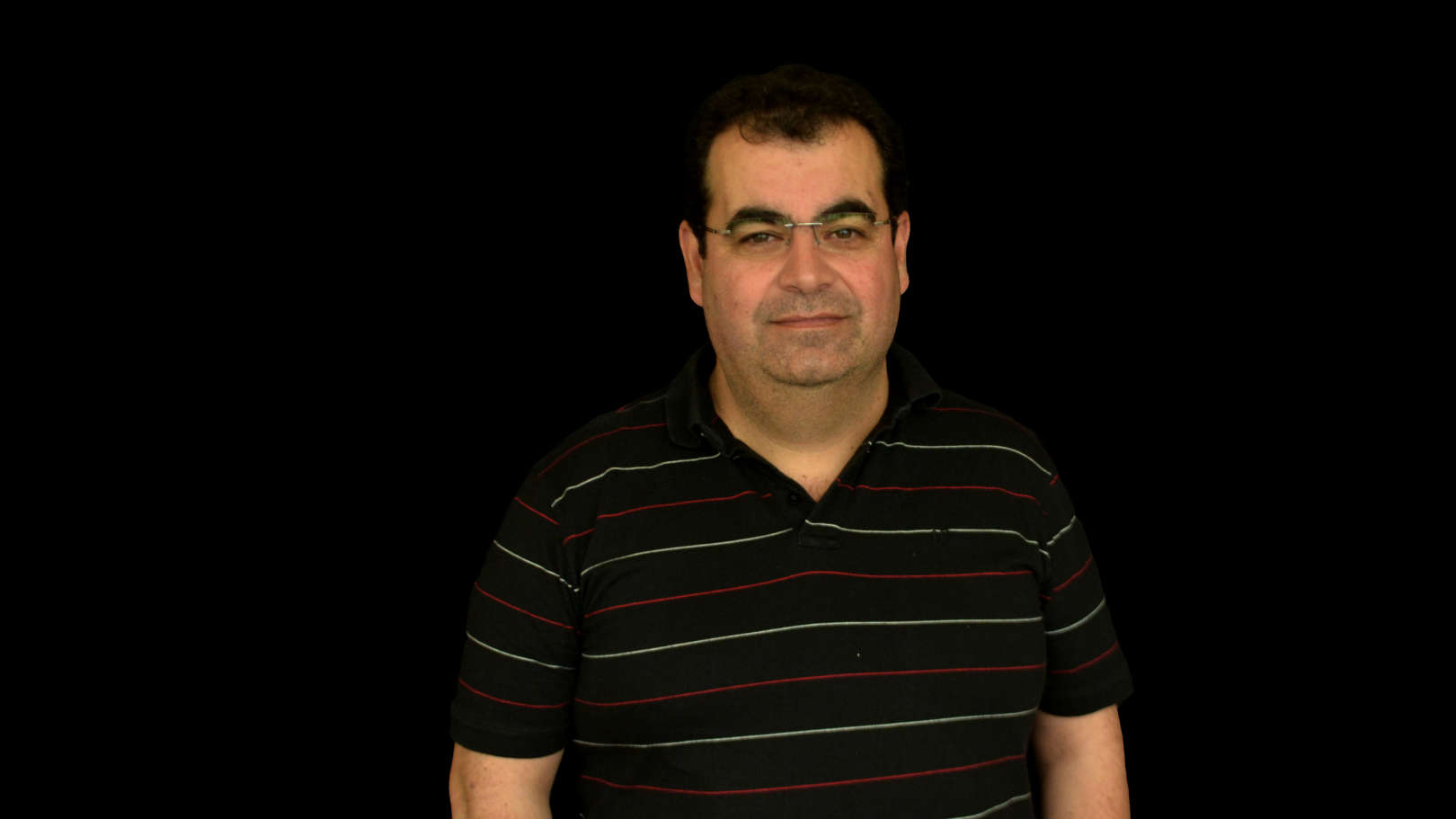Sobre
Paulo Marques nasceu em Coruche, Portugal, em 1968. Licenciou-se em Física em 1991, concluiu o mestrado em Optoelectrónica e Lasers em 1995 e doutorou-se em Física em 2000 (todos os graus pela Universidade do Porto); é Professor Auxiliar no Departamento de Física e Astronomia da Faculdade de Ciências da Universidade do Porto desde 2002.
Desde Julho de 2000 que desenvolve a sua actividade de investigação no INESC Porto, onde tem sido responsável por diversos projetos nacionais e internacionais. Os seus interesses situam-se nos domínios da óptica guiada e microfabricação (guias de onda , sensores ópticos, fotosensibilidade, processos de escrita direta a laser com impulsos ultracurtos, etc). Publicou 33 patentes das quais 32 são internacionais, mais de 100 artigos em revistas e conferências internacionais e dois capítulos de livros. Desde Outubro de 2009 é o Coordenador do Centro de Fotónica Aplicada do INESCTEC e desde Maio de 2013 é também o Coordenador da Unidade de Micro e Nanofabricação (MNTEC) do Centro de Materiais da Univerisdade do Porto (CEMUP).


